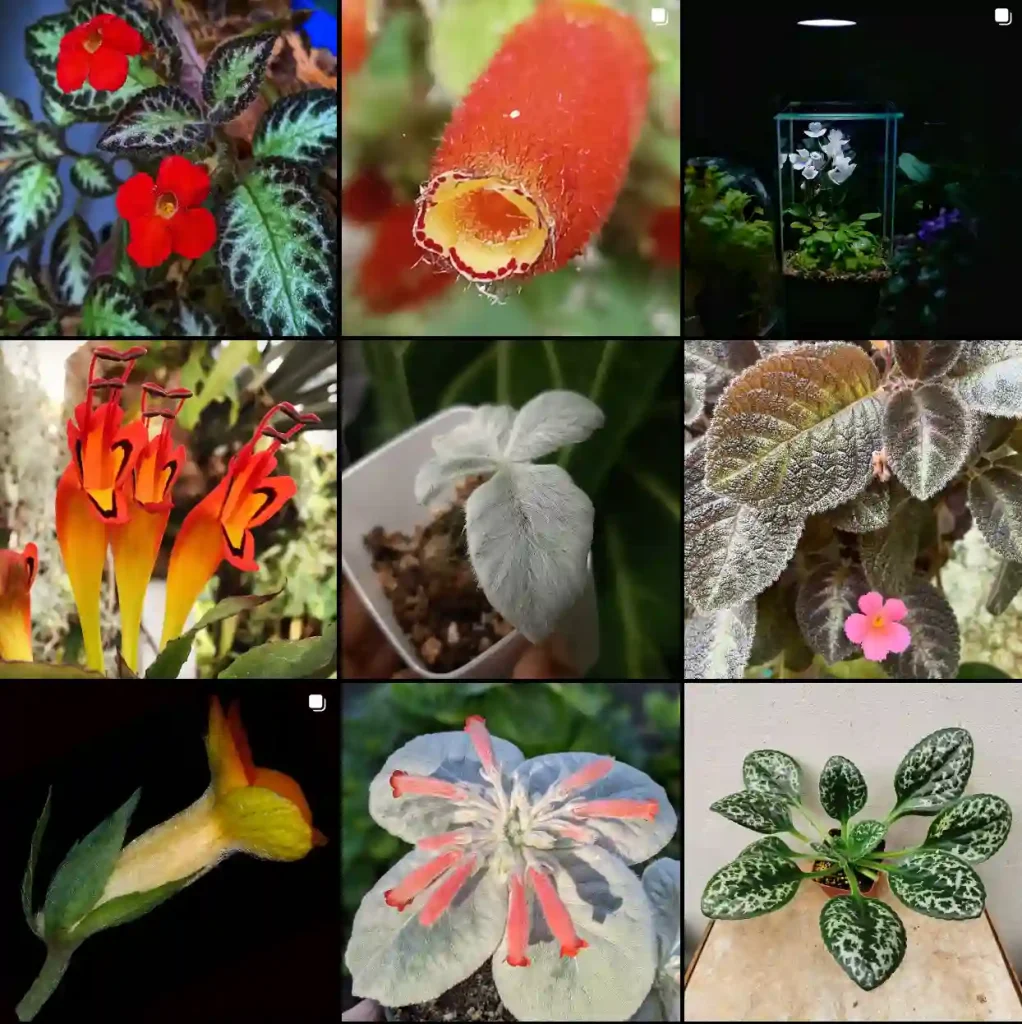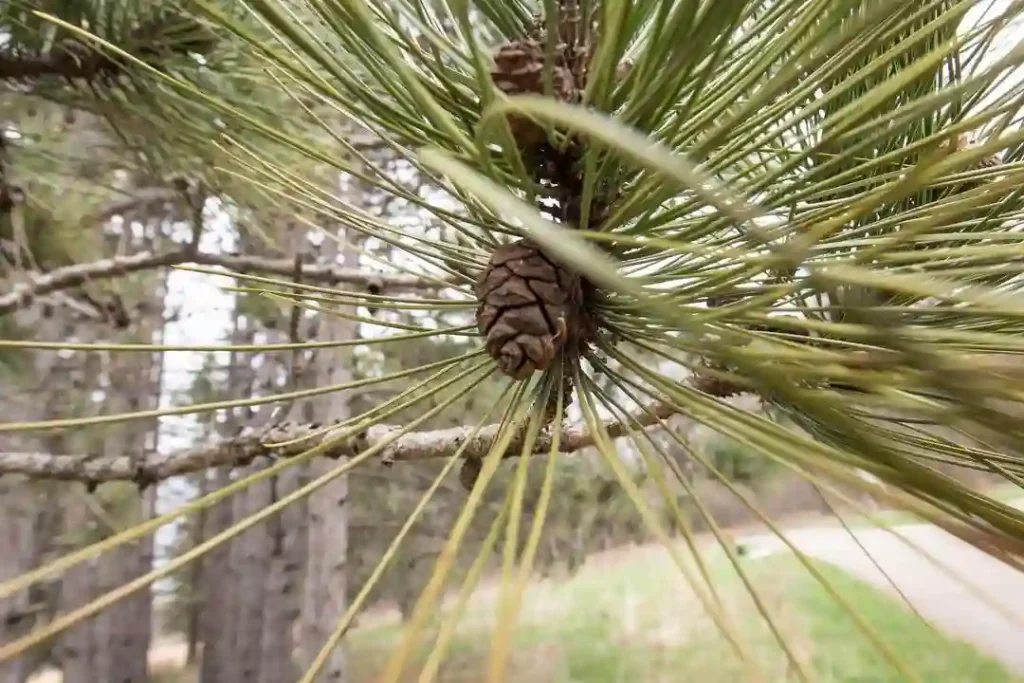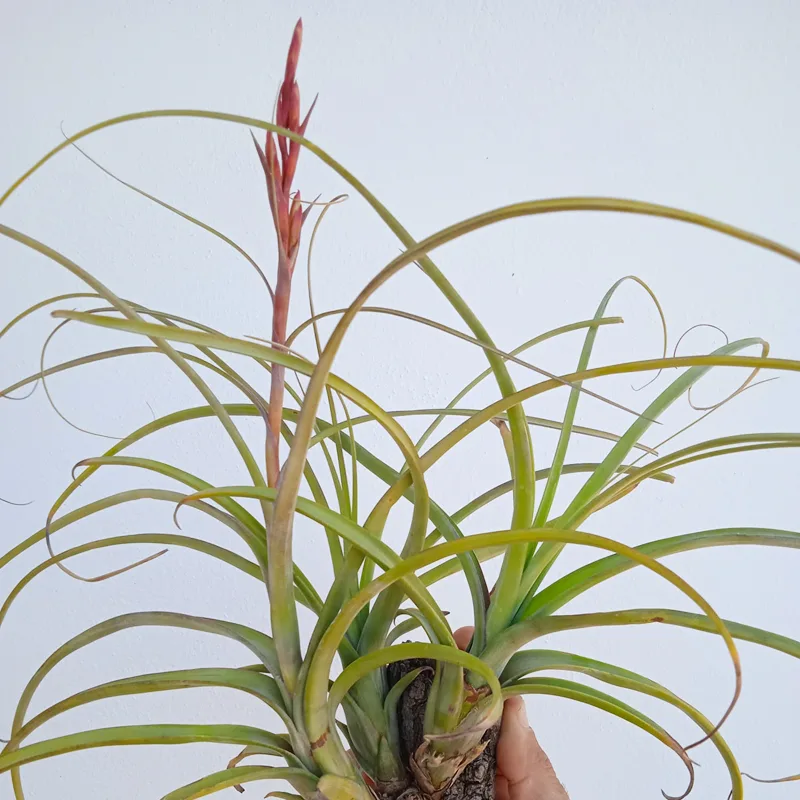Hibiscus Splendens: A Showstopper in Your Garden
I’m Ferb Vu, and I’m here to answer your burning questions about the captivating Hibiscus splendens. This native Australian beauty isn’t your average hibiscus. Let’s delve into its unique characteristics and how to cultivate it in your own backyard.
439 Species in Genus Hibiscus
What Makes Hibiscus Splendens Special?
Unlike its flamboyant cousins with large, showy flowers, Hibiscus splendens boasts a subtler charm. Its captivating feature lies in its foliage. Imagine large, silvery-grey leaves, densely covered in soft, velvety hairs that feel luxurious to the touch. These leaves can be deeply lobed, adding a touch of whimsy to the plant’s overall structure.
But the magic doesn’t stop there. Hibiscus splendens is a fast grower, reaching heights of 6 to 15 feet, making it a perfect choice for adding a touch of drama to your garden borders or creating a stunning privacy hedge. And while the flowers themselves are smaller than other hibiscus varieties, their delicate pink with a red spot in the center adds a pop of color that complements the stunning foliage.
Can Hibiscus Splendens Thrive in My Climate?
This Aussie native is surprisingly adaptable. It flourishes in subtropical and temperate regions, tolerating some frost. However, if you live in a colder climate, consider planting it near a wall or fence that traps warm air, offering extra protection during winter’s bite. Remember, frost-affected plants can often bounce back with new shoots from the lower branches.
Sunshine or Shade? Finding the Perfect Spot for Hibiscus Splendens
Hibiscus splendens isn’t picky about light. It thrives in both full sun and light shade. So, whether you have a sunny corner yearning for a splash of color or a partially shaded area needing a touch of life, this versatile plant can adapt.
Keeping Your Hibiscus Splendens Happy: Soil, Water, and Food
Well-drained soil is key for this beauty. Avoid waterlogged conditions, as they can lead to root rot. When it comes to watering, aim for consistent moisture, especially during the hotter months. Let the top inch of soil dry out slightly between waterings.
For food, avoid fertilizers high in phosphorus. A balanced fertilizer applied occasionally during the growing season is sufficient.
Pruning for a Bushier, More Beautiful Hibiscus Splendens
Regular pruning encourages bushier growth and keeps your Hibiscus splendens looking its best. Aim to prune by about a third in late winter or early spring before new growth emerges. This will not only maintain a desired shape but also stimulate the production of more flowers.
Common Pests and Diseases: Keeping Your Hibiscus Splendens Healthy
While generally a low-maintenance plant, Hibiscus splendens can be susceptible to hibiscus beetles. These unwelcome guests feed on the flower buds and leaves. Thankfully, handpicking or using insecticidal soap can effectively control these pests.
In terms of diseases, keep an eye out for fungal issues that can arise in overly moist conditions. Ensure proper drainage and avoid overwatering to prevent such problems.
Propagating Your Hibiscus Splendens: Sharing the Beauty
Want to share the magic of Hibiscus splendens with friends and family? Propagation is relatively simple. You can take cuttings of semi-ripe wood in midsummer. With proper care and rooting hormone, these cuttings will readily establish themselves, creating new plants for you to share.
Hibiscus Splendens vs. Hibiscus syriacus
Wondering how Hibiscus splendens compares to its more common cousin, Hibiscus syriacus (Rose of Sharon)? Here’s a quick breakdown:
- Foliage: Hibiscus splendens boasts silvery-grey, velvety leaves, while Hibiscus syriacus has green, lobed leaves.
- Flowers: Hibiscus splendens has smaller, pink flowers with a red spot. Hibiscus syriacus features large, showy flowers in various colors.
- Growth Habit: Hibiscus splendens is a fast-growing shrub, while Hibiscus syriacus grows at a moderate pace.
- Climate: Hibiscus splendens tolerates some frost, while Hibiscus syriacus is less cold-hardy.
Ultimately, the best choice depends on your specific needs and preferences.
By following these simple tips, you can cultivate a thriving Hibiscus splendens that will add a touch of Australian elegance and year-round interest to your garden. So, why not give this unique and captivating plant a try?
If i die, water my plants!



